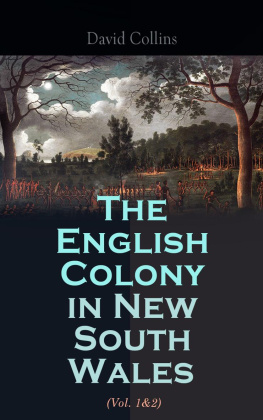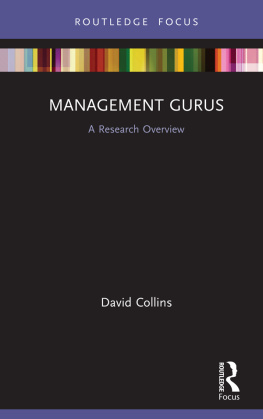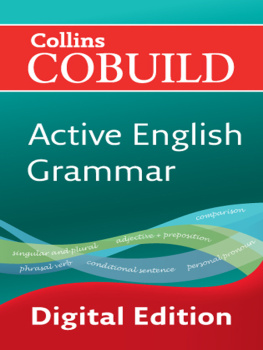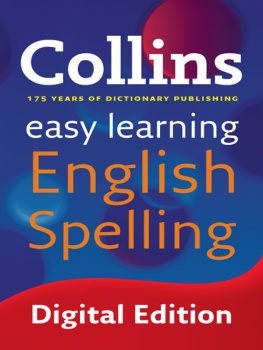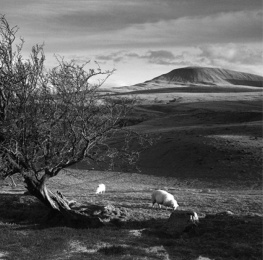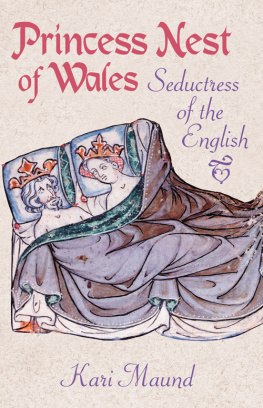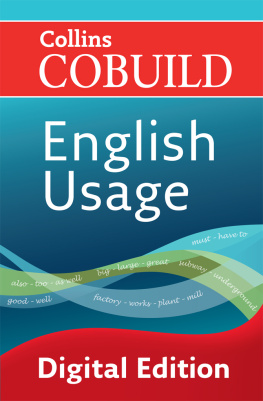SECTION I
Transports hired to carry convicts to Botany Bay
The Sirius and the Supply commissioned
Preparations for sailing
Tonnage of the transports
Persons left behind
Two convicts punished on board the Sirius
The Hyaena leaves the Fleet
Arrival of the fleet at Teneriffe
Proceedings at that island
Some particulars respecting the town of Santa Cruz
An excursion made to Laguna
A convict escapes from one of the transports, but is retaken
Proceedings
The fleet leaves Teneriffe, and puts to sea
1786.]
The Commissioners of his Majesty's Navy, near the end of the year 1786, advertised for a certain number of vessels to be taken up for the purpose of conveying between seven and eight hundred male and female felons to Botany Bay in New South Wales, on the eastern coast of New Holland; whither it had been determined by Government to transport them, after having sought in vain upon the African coast for a situation possessing the requisites for the establishment of a colony.
The following vessels were at length contracted for, and assembled in the River to fit, and take in stores and provisions, viz the Alexander, Scarborough, Charlotte, Lady Penrhyn, and Friendship, as transports; and the Fishbourn, Golden Grove, and Borrowdale, as store-ships. The Prince of Wales was afterwards added to the number of transports, on a representation being made to the Treasury Board that such an addition was necessary. The transports were immediately prepared for the reception of the convicts, and the store-ships took on board provisions for two years, with tools, implements of agriculture, and such other articles as were considered necessary to a colonial establishment.
October.] On the 24th of October, Captain Arthur Phillip hoisted a pendant on board his Majesty's ship the Sirius of 20 guns, then lying at Deptford. This ship was originally called the Berwick, and intended for the East India Company; but having, while on the stocks, met with some accident by fire, was purchased by Government for a store-ship, and as such had performed one voyage to America. Her burden was about 520 tons; and being, from her construction, well-calculated for this expedition, she was taken into the service as a man of war, and with her capacity changed also her name.
As the government of the intended colony, as well as the command of the Sirius, was given to Captain Phillip, it was thought necessary to appoint another captain to her, who might command her on any service in which she might be employed for the colony, while Captain Phillip should be engaged in his government. For this purpose an order was signed by his Majesty in Council, directing the Lords Commissioners of the Admiralty to appoint John Hunter esquire (then a master and commander) second captain of the Sirius, with the rank of post. Although this ship mounted only 20 guns, and those but six-pounders, yet on this particular service her establishment was not confined to what is usual in a ship of that class; but, with a first and second captain, she had also three lieutenants, a master, purser, surgeon and two mates, a boatswain, a gunner, and a subaltern's detachment of marines.
The Supply brig was also put into commission, and the command given to Lieutenant Henry Lidgbird Ball. This vessel was to accompany the Sirius as an armed tender; and both ships, having completed their equipment at Deptford-yard, dropped down on the 10th of December to Long Reach, where they took in their guns, powder, and other stores.
1787.]
January.] They were here joined by some of the transports, and continued waiting for orders until the 30th of January 1787, when they sailed for Spithead; which port, however, they were prevented from reaching, by heavy and contrary gales of wind, which they continued to experience both in the Downs and on their passage, until the latter end of the following month.
One or two of the transports had in the mean time arrived at Portsmouth, and the Charlotte and Alexander proceeded to Plymouth, where they were to receive the male and female convicts that were ready for them.
March.] On the 5th of March, the order for their embarkation, together with that of the detachment of marines provided as an escort, was sent from the Secretary of State's office, with directions for their immediately joining the other ships of the expedition at the Motherbank. This was done accordingly; and, every necessary arrangement having taken place, the troops intended for the garrison embarked, and the convicts, male and female, were distributed in the different transports.
May.] On Monday the 7th of May Captain Phillip arrived at Portsmouth, and took the command of his little fleet, then lying at the Motherbank. Anxious to depart, and apprehensive that the wind, which had for a considerable time been blowing from the quarter favourable to his passage down the Channel, might desert him at the moment when he most wished for its continuance, he on the Thursday following made the signal to prepare for sailing. But here a demur arose among the sailors on board the transports, who refused to proceed to sea unless they should be paid their wages up to the time of their departure, alleging as a ground for this refusal, that they were in want of many articles necessary for so long a voyage, which this money, if paid, would enable them to purchase. The custom of their employ, however, being against a demand which yet appeared reasonable, Captain Phillip directed the different masters to put such of their people as refused to proceed with them to sea, on board of the Hyaena frigate, and to receive an equal number of her seamen, who should afterwards be re-exchanged at sea, her captain being directed to accompany the fleet to a certain distance.
This difficulty being removed, and the ship's companies of the Sirius and the Supply having received the usual advance of two months' wages, on Saturday the 12th the men of war and some of the transports got under sail, with a view of dropping down to St. Helen's, and thence proceeding to sea; but the wind falling short, and proving unfavourable, they brought up at Spithead for the night, and at day-break next morning the whole fleet weighed with a fresh breeze, and, having a leading wind, passed without any accident through the Needles.
The transports were of the following tonnage, and had on board the undermentioned number of convicts, and other persons, civil and military, viz
The Alexander, of 453 tons, had on board 192 male convicts; 2 lieutenants, 2 sergeants, 2 corporals, 1 drummer, and 29 privates, with 1 assistant surgeon to the colony.
The Scarborough, of 418 tons, had on board 205 male convicts; 1 captain, 2 lieutenants, 2 sergeants, 2 corporals, 1 drummer, and 26 privates, with 1 assistant surgeon to the colony.
The Charlotte, of 346 tons, had on board 89 male and 20 female convicts; 1 captain, 2 lieutenants, 2 sergeants, 3 corporals, 1 drummer, and 35 privates, with the principal surgeon of the colony.
The Lady Penrhyn, of 338 tons, had on board 101 female convicts; 1 captain, 2 lieutenants, and 3 privates, with a person acting as a surgeon's mate.

